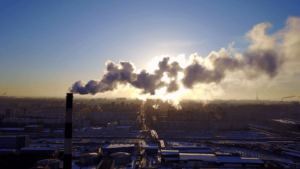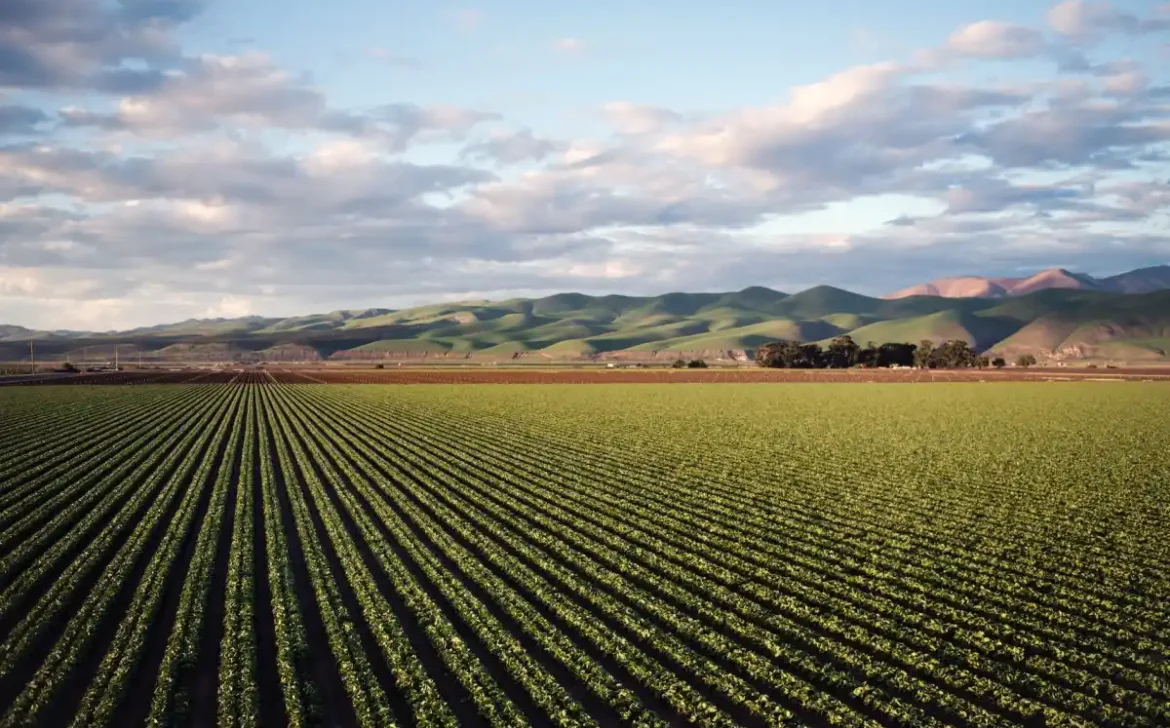Climate Change 2024: Challenges, Impacts, Solutions
Climate change in 2024 remains one of the most pressing global issues of our time. As the planet continues to experience unprecedented changes in weather patterns, rising sea levels, and increasing temperatures, the need for comprehensive understanding and action has never been more critical. In this blog, we will explore the current state of climate change in 2024, its profound impacts, and the innovative solutions being implemented to combat this global crisis. Climate change refers to significant changes in global temperatures and weather patterns over time. While climate change is a natural phenomenon, scientific evidence overwhelmingly shows that human activities, particularly the burning of fossil fuels and deforestation, have accelerated the process, leading to more severe consequences. The Earth’s average surface temperature has risen by approximately 1.2 degrees Celsius since the late 19th century, with the last decade being the warmest on record. This rise in temperature is largely driven by increased concentrations of greenhouse gases in the atmosphere. The polar ice caps and glaciers worldwide are melting at an alarming rate, contributing to rising sea levels. The Arctic is warming twice as fast as the global average, leading to significant ice loss. Global sea levels have risen by about 8-9 inches since 1880, with the rate of increase accelerating in recent decades. This rise poses a threat to coastal communities and ecosystems. The frequency and intensity of extreme weather events, such as hurricanes, heatwaves, floods, and droughts, have increased. These events cause significant damage to infrastructure, economies, and human lives. The oceans absorb about 30% of the carbon dioxide emitted by human activities, leading to increased acidity. Ocean acidification adversely affects marine life, particularly coral reefs and shellfish. Climate change disrupts ecosystems and threatens biodiversity. Many species are at risk of extinction due to changing habitats and food sources. Coral reefs, which are highly sensitive to temperature changes, are experiencing widespread bleaching. The impacts of climate change on human health are profound. Increased temperatures contribute to heat-related illnesses and deaths, while changing weather patterns affect the spread of diseases such as malaria and dengue fever. Climate change affects crop yields and food production. Droughts, floods, and unpredictable weather patterns disrupt agricultural activities, leading to food shortages and higher prices. Changing precipitation patterns and melting glaciers impact water availability. Many regions face water scarcity, affecting drinking water supplies, agriculture, and industry. The economic costs of climate change are substantial. Damage to infrastructure, loss of productivity, and increased healthcare costs strain economies. Developing countries, which are often the most vulnerable, face significant challenges in adapting to these changes. Shifting from fossil fuels to renewable energy sources, such as solar, wind, and hydropower, is crucial to reducing greenhouse gas emissions. Investment in clean energy technologies is growing, and many countries are setting ambitious targets for renewable energy adoption. Improving energy efficiency in buildings, transportation, and industry reduces energy consumption and emissions. Innovations such as smart grids, energy-efficient appliances, and green building standards contribute to these efforts. Planting trees and restoring forests enhance carbon sequestration, the process by which trees and plants absorb carbon dioxide from the atmosphere. Forest conservation and reforestation projects are essential components of climate mitigation strategies. Sustainable agricultural practices, such as crop rotation, agroforestry, and organic farming, help reduce emissions and increase resilience to climate change. These practices also improve soil health and biodiversity. Building resilience to climate change involves preparing for and adapting to its impacts. This includes infrastructure improvements, disaster risk reduction, and developing early warning systems for extreme weather events. Governments play a crucial role in addressing climate change through policy and legislation. International agreements, such as the Paris Agreement, set targets for reducing emissions and encourage global cooperation. National and local policies, such as carbon pricing and emission standards, drive action at multiple levels. Raising awareness and educating the public about climate change is essential for driving action. Environmental education programs, media campaigns, and community initiatives help people understand the issue and take steps to reduce their carbon footprint. Conclusion Climate change is a complex and multifaceted challenge that requires a coordinated global response. As we move through 2024, the urgency to address climate change has never been greater. By understanding the current trends, recognizing the impacts, and implementing innovative solutions, we can work towards a sustainable future. Each of us has a role to play, whether through individual actions, supporting policies, or participating in community efforts. Together, we can combat climate change and protect our planet for future generations. For further reading on climate change, check out these resources:Understanding Climate Change in 2024: Challenges, Impacts, and Solutions

Introduction
What is Climate Change?
Current Trends and Evidence of Climate Change
1. Rising Global Temperatures
2. Melting Ice Caps and Glaciers
3. Sea Level Rise
4. Extreme Weather Events
5. Ocean Acidification
Impacts of Climate Change
1. Ecosystems and Biodiversity
2. Human Health
3. Agriculture and Food Security
4. Water Resources
5. Economic Impacts
Solutions to Combat Climate Change
1. Transition to Renewable Energy
2. Energy Efficiency
3. Afforestation and Reforestation
4. Sustainable Agriculture
5. Climate Adaptation and Resilience
6. Policy and Legislation
7. Public Awareness and Education
Outbound Links
Internal Links

